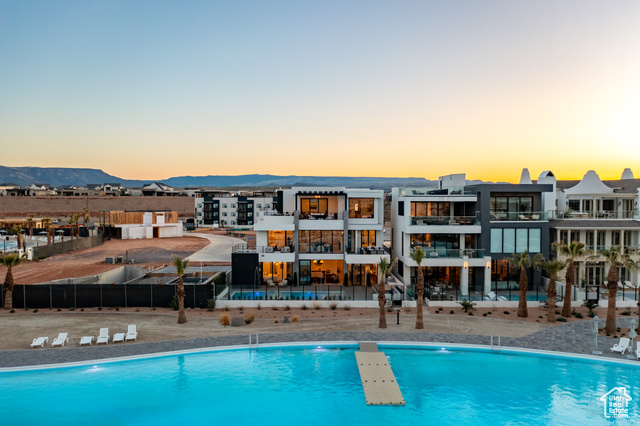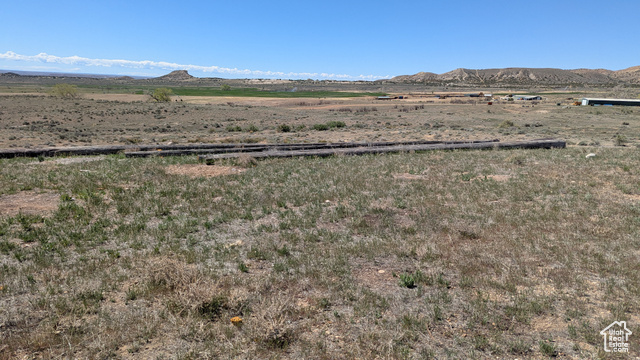
Table of Contents
Introduction to Utah's Current Real Estate Scenario
The Utah real estate market is buzzing with questions about a potential builder bubble. Are we standing at the brink of a recession, and what does this mean for new construction? Recent data from major builders like Lennar and KB Homes show some troubling signs, but their stock prices tell a different story. Let's dive into the data and what it might mean for those looking to buy or sell homes in Utah.
Home Builder Challenges and Stock Surges
Recent earnings reports from some of the largest home builders point to potential challenges ahead. Lennar and KB Homes, for instance, failed to meet estimates for new home orders in the latest quarter. Despite being the second largest builder in the nation, Lennar is struggling. However, what's puzzling is that while these companies face challenges, their stock prices are soaring.
For example, a SPDR S&P Homebuilders ETF has jumped nearly 67% over the past 12 months, compared with a 35% rise from the S&P 500. This suggests that while the builders are struggling with orders, their market value is skyrocketing. This discrepancy between stock performance and actual sales data raises questions about the sustainability of current trends.
Indicators of a Potential Recession
Several economic indicators suggest that we might be on the brink of a recession. Data from the St. Louis Fed shows a downward trend in newly privately owned housing units under construction, particularly in multi-family complexes. Historically, such trends have preceded recessions.
Another indicator is the number of completed new houses for sale. While there isn't as much historical data for single-family homes, the trend mirrors that of multi-unit constructions. An increase in completed homes indicates that builders are finishing projects, but buyers aren't purchasing them, which is often a precursor to economic downturns.
Builder Stock Performance vs. Market Realities
The stock performance of builders like Lennar and KB Homes contrasts sharply with their sales data. Lennar's stock has risen from $104 a year ago to peaks around $200, despite declining sales and missed earnings. Similarly, KB Homes' stock has more than doubled over the past year, despite similar challenges.
Explore Utah Real Estate

5618 E SOUTH FORK RD, Provo, UT
$43,000,000
Bedrooms: 6 Bathrooms: 10 Square feet: 22,958 sqft

864 W SAPPHIRE SKY LN #546, St George, UT
$4,300,000
Bedrooms: 7 Bathrooms: 9 Square feet: 5,136 sqft

La Casa Cir, St George, UT
$575,500
Square feet: 14,391 sqft
This discrepancy is confusing, especially considering that the highest sales for new constructions occurred during the pandemic in 2020 and 2021. Despite fewer sales now, stock prices are higher, suggesting a disconnect between market perception and reality.
The Impact of Economic Policies on the Housing Market
The national debt is approaching $36 trillion, and the government continues to print money at unprecedented rates. This has implications for the middle class, which may face increasing financial pressures. As loan limits rise and more money is pumped into the economy, the housing bubble could grow larger, potentially leading to a more significant economic fallout if it bursts.
Moreover, the increase in loan limits allows for higher debt levels on mortgages, which could further strain the middle class. The Utah government's new construction grant for first-time homebuyers, amounting to $50 million, aims to assist over 2,000 people, but it may not be enough to counteract the broader economic pressures.
Future of the Utah Housing Market
Inventory levels have grown, with 2024 showing higher numbers than 2023. However, contracts are also increasing, indicating a potentially competitive market. Buyers looking to purchase in the next few months may find better deals, as loan limits and inventory levels adjust.
While there isn't an expectation for bidding wars or dramatic price increases, the market remains dynamic. Interest rates and inventory levels will play crucial roles in shaping the market's future. Buyers and sellers must stay informed about these trends to make strategic decisions.
More Properties You Might Like

1700 W 2700 N #36, Pleasant View, UT
$230,000
Bedrooms: 4 Bathrooms: 2 Square feet: 2,100 sqft

2098 E GOOSE RANCH RD, Vernal, UT
$103,000
Square feet: 274,864 sqft

2148 E GOOSE RANCH RD, Vernal, UT
$116,000
Square feet: 309,276 sqft
Conclusion: Navigating the Uncertain Real Estate Landscape
As the Utah real estate market evolves, the potential impacts of a builder bubble and economic recession loom large. The disconnect between builder stock performance and actual market conditions suggests caution. Buyers and sellers should remain vigilant, keeping an eye on economic indicators and policy changes that could affect the market.
For those considering entering the market, the coming months could present opportunities, especially as inventory levels rise and loan limits increase. However, the overarching economic conditions demand careful consideration and strategic planning.
Related Articles:














